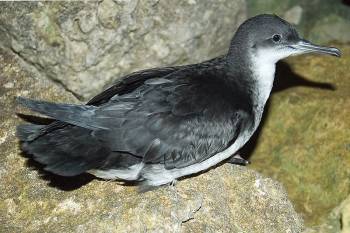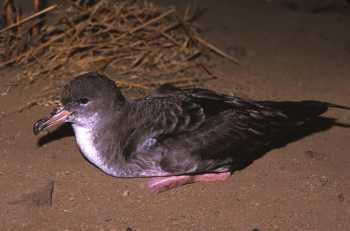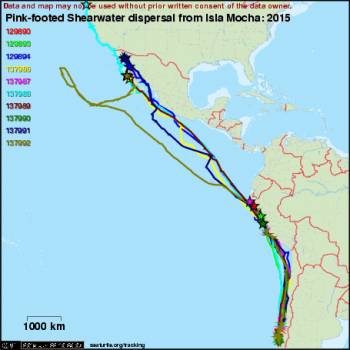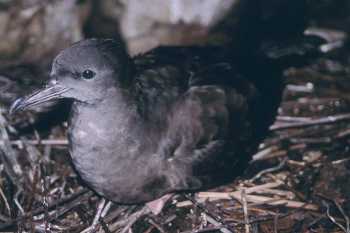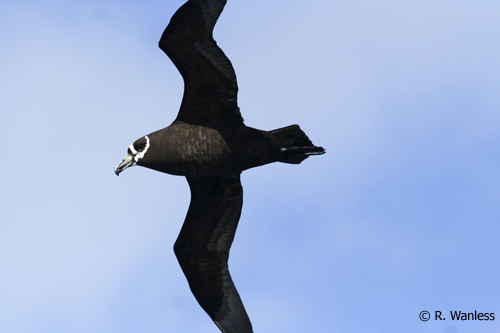The following news comes from the Seabirds.net member discussion group of the World Seabird Union.
“The first themed #seabirdersaturday on Twitter is this upcoming Saturday. It is chaired by José Manuel Arcos (@PepArcos) who will be around 1400-1600 GMT to lead the conversation and answer questions that people might have.
Seabird bycatch is regarded as one of the major threats for many seabird species, particularly albatrosses, petrels and shearwaters throughout the world. For years research and conservation action were focused in longline fleets operating in the southern Oceans, where many albatross species were experiencing sharp declines due to this factor of added mortality. However, there’s increasing evidence that the problem extends to other regions and involves several gear types.
One of the bycatch hotspots worldwide appears to be the Mediterranean, although the information there is still patchy and precludes a proper assessment. The basin is particularly sensitive from a seabird point of view, since diversity is high, with quite a few endemic taxa, and populations are relatively small.
Of the seabirds of conservation concern, two species deserve particular attention, the Balearic shearwater Puffinus mauretanicus (Critically Endangered) and the Yelkouan shearwater P. yelkouan (Vulnerable). Both are endemic to the Mediterranean, with small global populations and sharp declining trends that could lead to their extinction in the near future. Although they are affected by introduced predators and other threats in their colonies, the major drivers of their decline seem to occur at sea, and bycatch postulates itself as the most important of them, particularly on longlines. Other endemic taxa are also regularly affected by longline bycatch, including Scopoli’s shearwater Calonectris diomedea and Audouin’s gull Larus audouinii.
But most of the information on bycatch comes from the western Mediterranean, with recent work also conducted in the central (Malta) and eastern basin (Greece). Information regarding other gears, such as set nets (that might impact the Mediterranean shag Phalacrocorax aristotelis desmarestii), purse-seines and trawlers, is also very limited. BirdLife is trying to fill these gaps with its new Seabird Task Force, but the task ahead is huge.
Next #seabirdersaturday we want to discuss on the topic of seabird bycatch in the Mediterranean and try to put in common information from ornithologists all around the basing, as well as beyond.
Join the conversation on 27 June 1400-1600 GMT, and please help spread the word!”
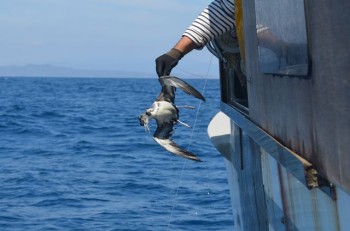
A Yelkouan Shearwater gets caught on a longline, photograph by Vero Cortes
The Balearic Shearwater is an ACAP-listed species. The Yelkouan and Cory’s Shearwaters have been identified by ACAP as potential candidates for listing within the Agreement.
The World Seabird Union's mission is to place seabird research, management, and conservation into a worldwide perspective. Its vision is to aid in creating global partnerships that will continue into the future by sharing research, knowledge, and ideas on a global level.
John Cooper, ACAP Information Officer, 25 June 2015

 English
English  Français
Français  Español
Español 